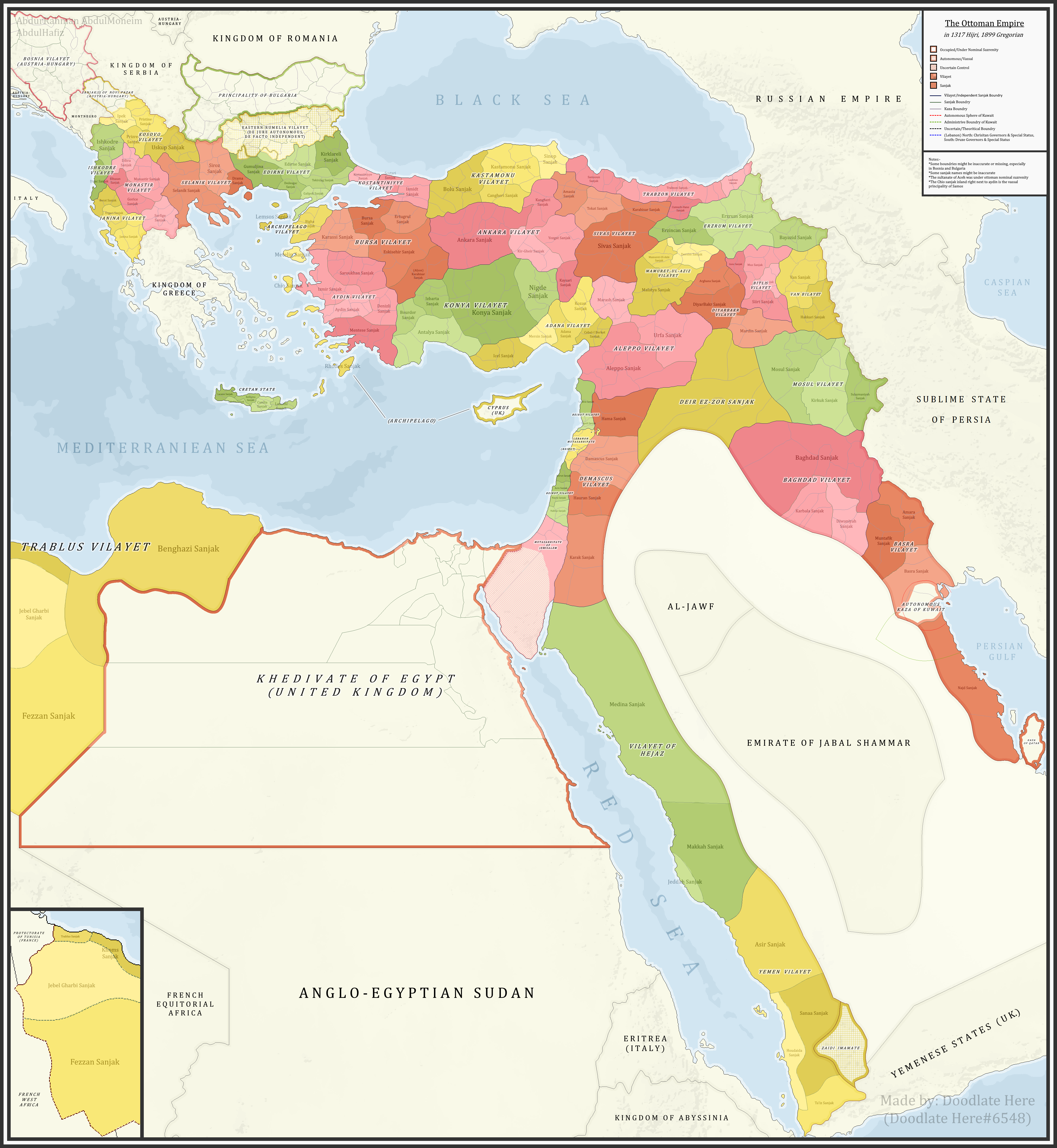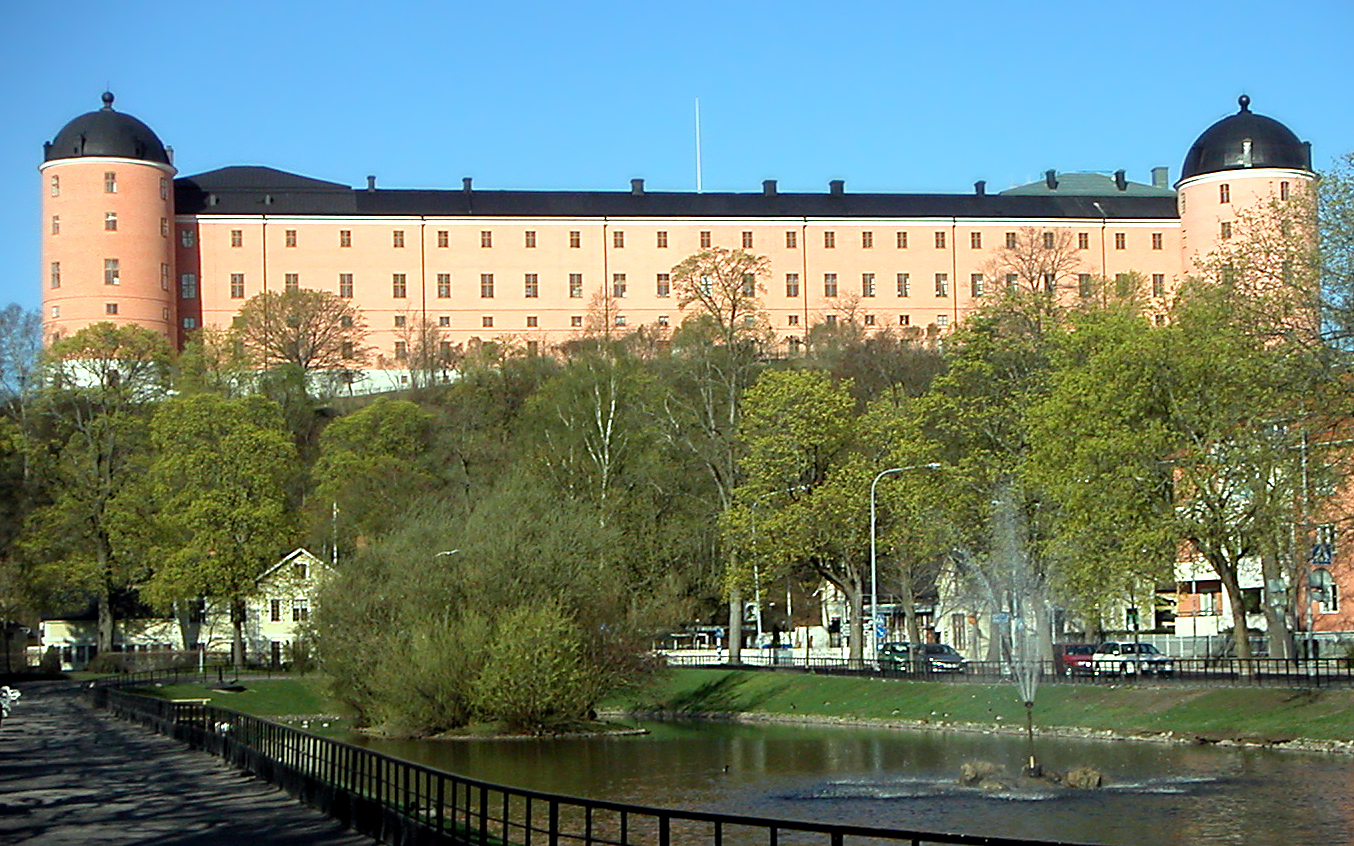|
Rudolf Cederström
Olof Rudolf Cederström (8 February 1764 – 1 June 1833) was a Sweden, Swedish naval commander. Cederström enlisted in the Sweden, Swedish admiralty in 1779 and as captain, he conducted a raid against Paldiski, Rogervik. He distinguished himself in 1790 at the naval Battle of Reval and the Battle of Vyborg Bay (1790), Battle of Viborg Bay. During the following years he led ships against privateers in the North Sea. He was sent in 1801 to fight alongside the United States Navy in the Mediterranean Sea, Mediterranean during the First Barbary War. In 1808 his ships were sent to blockade Gotland in order to repel a Russian Empire, Russian invasion. His last military action was against Denmark-Norway, Denmark and First French Empire, France in 1813, when he helped Swedish forces capture Vorpommern. In 1815, he was appointed a minister but returned to the navy in 1818. He finally resigned in 1828. Early life Cederström was born on 8 February 1764 in Landskrona, Sweden, the son of Clae ... [...More Info...] [...Related Items...] OR: [Wikipedia] [Google] [Baidu] |
Landskrona
Landskrona is a town in Scania, Sweden. Located on the shores of the Öresund, it occupies a natural port, which has lent the town at first military and subsequent commercial significance. Ferries operate from Landskrona to the island of Ven, and for many years there was also a connection to Copenhagen. Landskrona is part of the Øresund region. It is the seat of Landskrona Municipality. Landskrona is also the name of a district in Landskrona Municipality which is slightly smaller than the urban area. History The city of Landskrona is usually claimed to have been founded in 1413 by the King of Denmark, Eric of Pomerania, as a trading city intended to compete with Danish towns under the control of the Hanseatic League. There is, however, evidence found in the Danish National Archive, which mention the town by the name "Landzcrone" already in 1405. The site occupies one of a few natural harbours in Scania, which at that time was part of Denmark. At the time of foundation, th ... [...More Info...] [...Related Items...] OR: [Wikipedia] [Google] [Baidu] |
Gotland
Gotland (; ; ''Gutland'' in Gutnish), also historically spelled Gottland or Gothland (), is Sweden's largest island. It is also a Provinces of Sweden, province/Counties of Sweden, county (Swedish län), Municipalities of Sweden, municipality, and List of dioceses, deaneries and parishes of the Church of Sweden, diocese. The province includes the islands of Fårö and Gotska Sandön to the north, as well as the Karlsö Islands (Lilla Karlsö, Lilla and Stora Karlsö, Stora) to the west. The population is 61,023 (2024) of which about 23,600 live in Visby, the main town. Outside Visby, there are minor settlements and a mainly rural population. The island of Gotland and the other areas of the province of Gotland make up less than one percent of Sweden's total land area. The county formed by the archipelago is the second smallest by area and is the least populated in Sweden. In spite of the small size due to its narrow width, the driving distance between the furthermost points of the ... [...More Info...] [...Related Items...] OR: [Wikipedia] [Google] [Baidu] |
Guadeloupe
Guadeloupe is an Overseas departments and regions of France, overseas department and region of France in the Caribbean. It consists of six inhabited islands—Basse-Terre Island, Basse-Terre, Grande-Terre, Guadeloupe, Grande-Terre, Marie-Galante, La Désirade, and two Îles des Saintes—as well as many uninhabited islands and outcroppings. It is south of Antigua and Barbuda and Montserrat and north of Dominica. The capital city is Basse-Terre, on the southern west coast of Basse-Terre Island; the most populous city is Les Abymes and the main centre of business is neighbouring Pointe-à-Pitre, both on Grande-Terre Island. It had a population of 395,726 in 2024. Like the other overseas departments, it is an integral part of France. As a constituent territory of the European Union and the eurozone, the euro is its official currency and any European Union citizen is free to settle and work there indefinitely, but is not part of the Schengen Area. It included Saint Barthélemy and C ... [...More Info...] [...Related Items...] OR: [Wikipedia] [Google] [Baidu] |
Norway
Norway, officially the Kingdom of Norway, is a Nordic countries, Nordic country located on the Scandinavian Peninsula in Northern Europe. The remote Arctic island of Jan Mayen and the archipelago of Svalbard also form part of the Kingdom of Norway. Bouvet Island, located in the Subantarctic, is a Dependencies of Norway, dependency, and not a part of the Kingdom; Norway also Territorial claims in Antarctica, claims the Antarctic territories of Peter I Island and Queen Maud Land. Norway has a population of 5.6 million. Its capital and largest city is Oslo. The country has a total area of . The country shares a long eastern border with Sweden, and is bordered by Finland and Russia to the northeast. Norway has an extensive coastline facing the Skagerrak strait, the North Atlantic Ocean, and the Barents Sea. The unified kingdom of Norway was established in 872 as a merger of Petty kingdoms of Norway, petty kingdoms and has existed continuously for years. From 1537 to 1814, Norway ... [...More Info...] [...Related Items...] OR: [Wikipedia] [Google] [Baidu] |
Denmark–Norway
Denmark–Norway (Danish language, Danish and Norwegian language, Norwegian: ) is a term for the 16th-to-19th-century multi-national and multi-lingual real unionFeldbæk 1998:11 consisting of the Kingdom of Denmark, the Kingdom of Norway (including the then Norwegian overseas possessions: the Faroe Islands, Iceland, Greenland, and List of possessions of Norway, other possessions), the Duchy of Schleswig, and the Duchy of Holstein.Feldbæk 1998:21f, 125, 159ff, 281ff The state also claimed sovereignty over three historical peoples: Frisians, Gutes and Wends.Feldbæk 1998:21 Denmark–Norway had several colonies, namely the Danish Gold Coast, Danish India (the Nicobar Islands, Serampore, Tharangambadi), and the Danish West Indies.Feldbæk 1998:23 The union was also known as the Dano-Norwegian Realm (''Det dansk-norske rige''), Twin Realms (''Tvillingerigerne'') or the Oldenburg Monarchy (''Oldenburg-monarkiet''). The state's inhabitants were mainly Danish people, Danes, Norwegian p ... [...More Info...] [...Related Items...] OR: [Wikipedia] [Google] [Baidu] |
Gotland National Conscription
The Gotland National Conscription () was a Swedish Army infantry unit that traced its origins back to the 19th century. It was split into two new regiments in 1887. The regiment's soldiers were recruited on the island of Gotland. History Gotland National Conscription was raised in 1811 through an agreement, a convention between the people of Gotland and the king. It became Sweden's first military conscript defence with exercise duty even in peacetime. It mobilized nearly 20% of the population and raised four battalions in addition to artillery. The officers were appointed by the King; non-commissioned officers were elected by the men. In 1887, the Gotland National Conscription was reformed into two separate units, the Gotland Infantry Regiment and the Gotland Artillery Corps. Organisation 1861 Northern battalion (which in 1870 consisted of 5,040 men) consisted of the following companies: *Fårö company: Fårö socken *Rute company: Rute, Fleringe and Bunge socken *Forsa ... [...More Info...] [...Related Items...] OR: [Wikipedia] [Google] [Baidu] |
Tripoli, Libya
Tripoli, historically known as Tripoli-of-the-West, is the capital city, capital and largest city of Libya, with a population of about 1.317 million people in 2021. It is located in the northwest of Libya on the edge of the desert, on a point of rocky land projecting into the Mediterranean Sea and forming a bay. It includes the port of Tripoli and the country's largest commercial and manufacturing center. It is also the site of the University of Tripoli. Tripoli was founded in the 7th century BC by the Phoenicians, who gave it the Libyco-Berber name (), before passing into the hands of the Greek rulers of Cyrenaica as Oea (). Due to the city's long history, there are many sites of archeological significance in Tripoli. ''Tripoli'' may also refer to the (top-level administrative division in the Libyan system), the Tripoli District, Libya, Tripoli District. Name In the Arab world, Tripoli is also known as "Tripoli-of-the-West" (), to distinguish it from Tripoli, Lebanon, known ... [...More Info...] [...Related Items...] OR: [Wikipedia] [Google] [Baidu] |
Ottoman Tripolitania
Ottoman Tripolitania, also known as the Regency of Tripoli, was officially ruled by the Ottoman Empire from 1551 to 1912. It corresponded roughly to the northern parts of modern-day Libya in historic Tripolitania and Cyrenaica. It was initially established as an Ottoman province ruled by a pasha (governor) in Tripoli who was appointed from Constantinople, though in practice it was semi-autonomous due to the power of the local Janissaries. From 1711 to 1835, the Karamanli dynasty ruled the province as a '' de facto'' hereditary monarchy while remaining under nominal Ottoman suzerainty. In 1835, the Ottomans reestablished direct control over the region until its annexation by Italy in 1912. Like the Ottoman regencies in Tunis and Algiers, the Regency of Tripoli was a major base for the privateering activities of the North African corsairs, who also provided revenues for Tripoli. A remnant of the centuries of Turkish rule is the presence of a population of Turkish origin, and t ... [...More Info...] [...Related Items...] OR: [Wikipedia] [Google] [Baidu] |
Saint Barthélemy
Saint Barthélemy, officially the Collectivité territoriale de Saint-Barthélemy, also known as St. Barts (English) or St. Barth (French), is an overseas collectivity of France in the Caribbean. The island lies about southeast of the island of Saint Martin (island), Saint Martin; it is northeast of the Dutch islands of Saba (island), Saba and Sint Eustatius, as well as north of the independent country of Saint Kitts and Nevis. Saint Barthélemy was for many years a French commune forming part of Guadeloupe, which is an overseas region and department of France. In 2003 the island voted in favour of secession from Guadeloupe to form a separate overseas collectivity (, abbreviated to ) of France. The collectivity is one of four territories among the Leeward Islands in the northeastern Caribbean that make up the French West Indies, along with Collectivity of Saint Martin, Saint Martin, Guadeloupe ( southeast) and Martinique. A volcanic island fully encircled by shallow reefs, S ... [...More Info...] [...Related Items...] OR: [Wikipedia] [Google] [Baidu] |
Harbourmaster
A harbourmaster (or harbormaster, see spelling differences) is an official responsible for enforcing the regulations of a particular harbour or port, in order to ensure the safety of navigation, the security of the harbour and the correct operation of the port facilities. Responsibilities Harbourmasters are normally responsible for issuing local safety information sometimes known as notice to mariners. They may also oversee the maintenance and provision of navigational aids within the port, co-ordinate responses to emergencies, inspect vessels and oversee pilotage services. The harbourmaster may have legal power to detain, caution or even arrest persons committing an offence within the port or tidal range of the port's responsibilities. An example of this is the team of harbourmasters employed by the Port of London Authority who are empowered to undertake an enforcement role. Actions that a harbourmaster may investigate include criminal acts, immigration, customs and excise, ... [...More Info...] [...Related Items...] OR: [Wikipedia] [Google] [Baidu] |
Uppsala
Uppsala ( ; ; archaically spelled ''Upsala'') is the capital of Uppsala County and the List of urban areas in Sweden by population, fourth-largest city in Sweden, after Stockholm, Gothenburg, and Malmö. It had 177,074 inhabitants in 2019. Located north of the capital Stockholm, it is also the seat of Uppsala Municipality. Since 1164, Uppsala has been the ecclesiology, ecclesiastical centre of Sweden, being the seat of the Archbishop of Uppsala, Archbishop of the Church of Sweden. Uppsala is home to Scandinavia's largest cathedral – Uppsala Cathedral, which was the frequent site of the coronation of the Swedish monarch until the late 19th century. Uppsala Castle, built by King Gustav I of Sweden, Gustav Vasa, served as one of the royal residences of the Swedish monarchs, and was expanded several times over its history, making Uppsala the secondary capital of Sweden during its Swedish Empire, greatest extent. Today, it serves as the residence of the Governor of Uppsala County ... [...More Info...] [...Related Items...] OR: [Wikipedia] [Google] [Baidu] |
Vorpommern
Historical Western Pomerania, also called Cispomerania, Fore Pomerania, Front Pomerania or Hither Pomerania (; ), is the western extremity of the historic region of Pomerania, located mostly in north-eastern Germany, with a small portion in north-western Poland, at the southern coast of the Baltic Sea. Western Pomerania's boundaries have changed through the centuries as it belonged to various countries such as the Duchy of Pomerania (later part of the Holy Roman Empire), Denmark, Sweden, as well as Prussia which incorporated it as the Province of Pomerania. Today, the region embraces the whole area of Pomerania west of the Oder River, small bridgeheads east of the river, as well as the islands in the Szczecin Lagoon. Its majority forms part of Germany and has been divided between the states of Mecklenburg-Western Pomerania and Brandenburg, with the cities of Stralsund and Greifswald, as well as towns such as Ribnitz-Damgarten (Damgarten only), Bergen auf Rügen ( Rügen Is ... [...More Info...] [...Related Items...] OR: [Wikipedia] [Google] [Baidu] |








